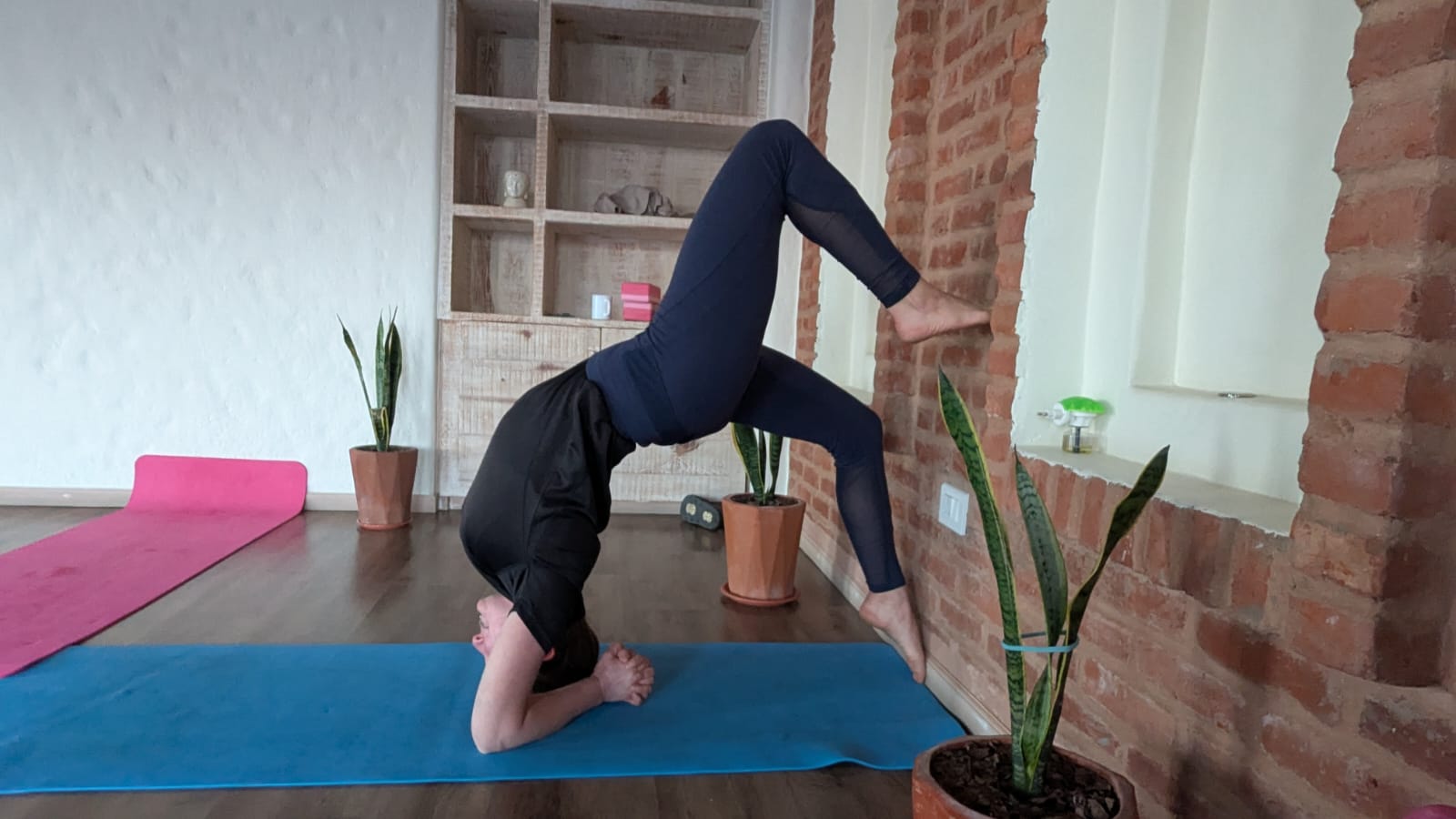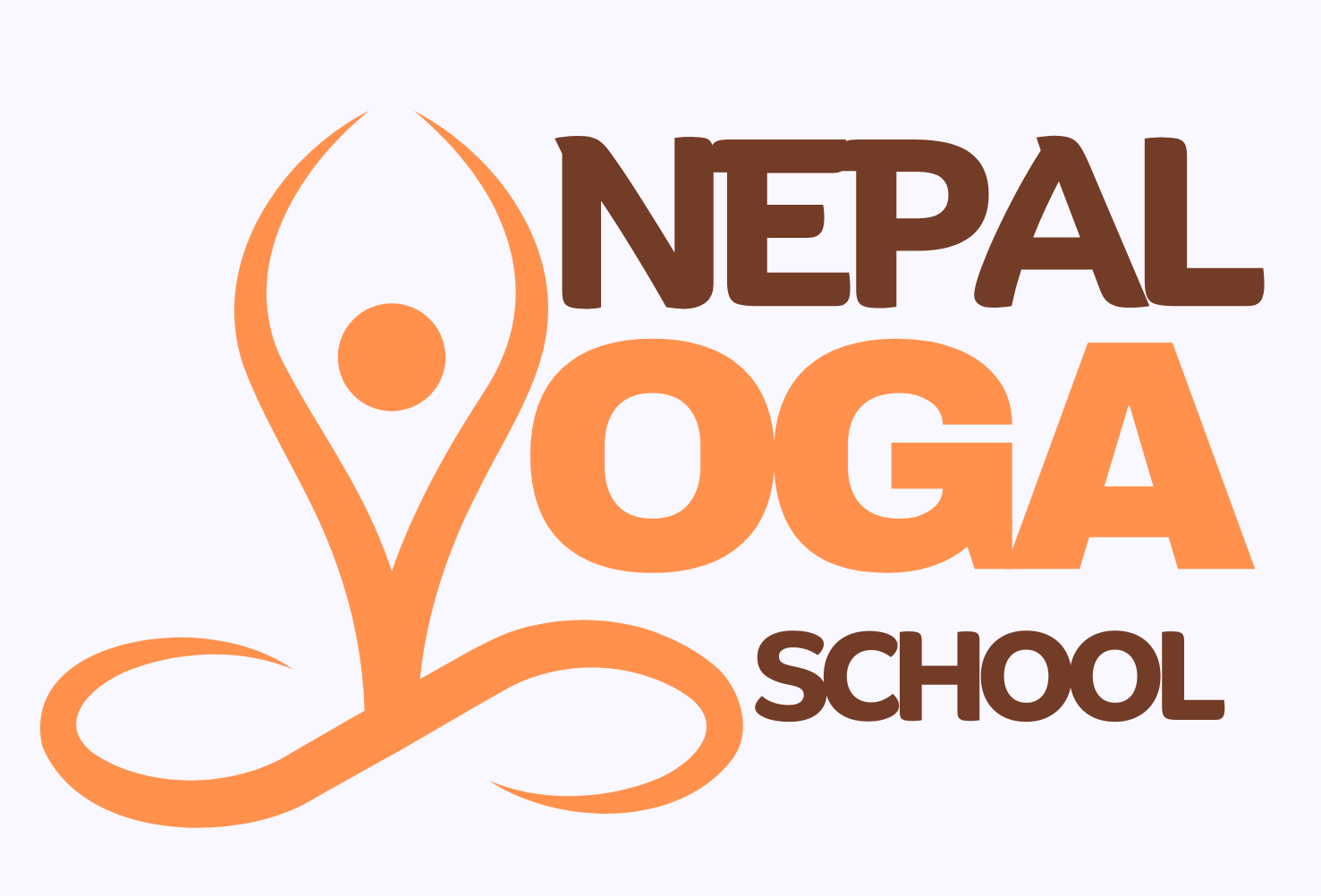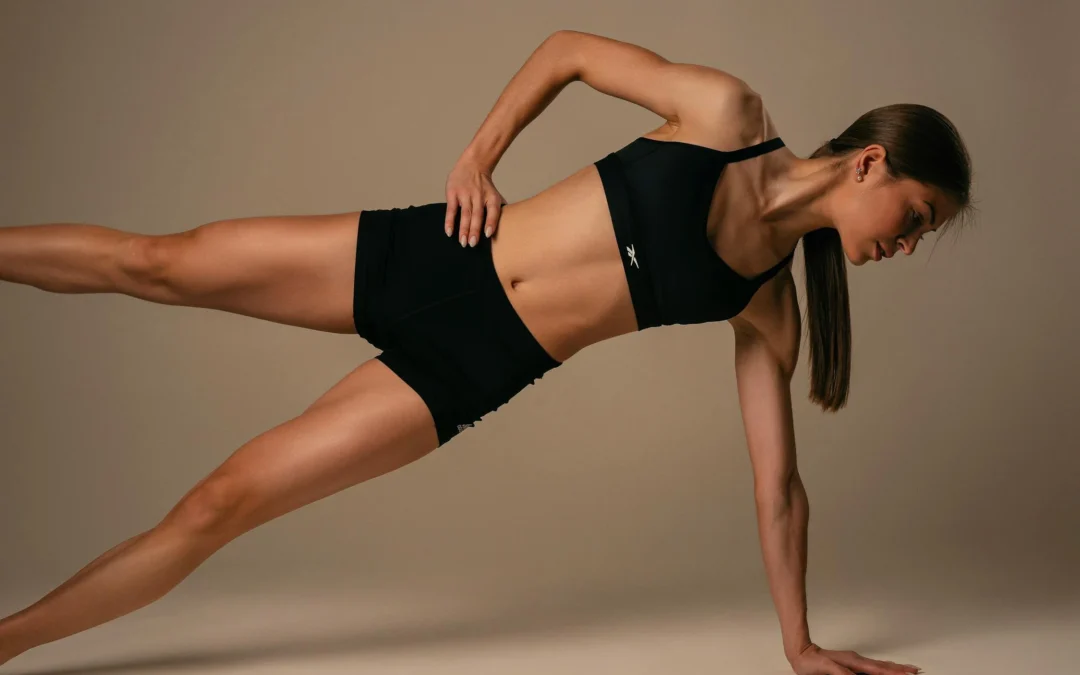Introduction
CorePower Yoga offers a dynamic way to build strength and flexibility in one session. It blends traditional yoga with modern fitness techniques. Each class is designed to raise your heart rate and deepen your stretch. You will sweat, lift, and lengthen in a heated studio. This practice delivers a full‑body workout that also soothes the mind. In this post, you will learn how CorePower Yoga works, what to expect, and how to get started safely.
What Is CorePower Yoga?
CorePower Yoga is a modern fitness brand that merges yoga, cardio, and strength training. Founded in 2002 in California, it has grown to hundreds of studios worldwide. The practice centers on Vinyasa flow, linking breath with movement. Many classes are held in heated rooms to warm muscles and deepen poses. CorePower Yoga also offers non‑heated strength classes for variety. In every session, you find a balance of power and peace.
The High‑Intensity Approach
The high‑intensity approach of CorePower Yoga sets it apart from other yoga brands. Unlike gentle or restorative styles, it pushes your limits. In heated studios, the warmth helps you move deeper into each posture. This heat also raises your heart rate, turning yoga into cardio. You flow through sequences that include lunges, planks, and balances. Each movement builds muscle and endurance. At the same time, you maintain mindfulness by syncing breath to motion. This blend of intensity and awareness creates a challenging yet focused workout. The result is a practice that feels both energizing and calming.
Class Types and Intensity Levels
CorePower Yoga offers a range of class types to match different goals and skill levels. Beginners can start with a basic flow and no heat. More advanced students can step up to fast‑paced, hot classes. Here are the main options:
-
CorePower Yoga 1 (C1): An entry‑level class with a steady pace. The room is not heated, and the focus is on foundational poses.
-
CorePower Yoga 2 (C2): A signature Vinyasa class in a heated room. You move through varied flows that challenge strength and balance.
-
CorePower Yoga 3 (C3): An advanced class with creative sequences. You practice arm balances, inversions, and longer holds.
-
CorePower Yoga 4 (C4): A hot, advanced flow that demands high stamina. Expect deeper stretches and faster transitions.
-
Yoga Sculpt: A hybrid class combining yoga, cardio bursts, and light weights. It adds muscle‑toning intervals to your flow.
-
CorePower Strength X: A non‑heated, high‑intensity strength class. You use dumbbells and bodyweight exercises to build lean muscle.
With so many options, you can tailor your practice to fit your fitness goals and mood.
Building Strength

One of the main draws of CorePower Yoga is its strength‑building focus. You hold poses like plank, warrior, and chair for multiple breaths. These holds recruit muscles in your core, arms, and legs. In classes like Yoga Sculpt and Strength X, you add weights to further challenge your muscles. This approach increases lean mass and boosts metabolism. Over time, you gain functional strength that helps with daily activities and athletic pursuits. You also learn to engage the deep stabilizing muscles that support good posture.
Enhancing Flexibility
Flexibility grows naturally as you flow through poses and hold stretches. CorePower Yoga sequences often include deep lunges, backbends, and hamstring stretches. The heated environment softens tight muscles and fascia, allowing you to move further. Regular practice increases your range of motion and reduces stiffness. Improved flexibility also lowers the risk of injury in other sports and daily tasks. You may find that everyday movements, like bending or reaching, feel easier and more comfortable. A consistent CorePower Yoga practice helps you maintain long‑term flexibility.
Mental and Emotional Benefits
Practicing CorePower Yoga regularly does more than sculpt the body. It trains your mind to stay present. Syncing breath with movement becomes a moving meditation. This focus reduces stress and anxiety by quieting mental chatter. The physical challenge builds confidence and resilience. At the end of class, the relaxation phase brings a sense of calm and clarity. Over time, these mental gains spill into your daily life. You may handle pressure at work or home with greater ease and patience.
Getting Started with CorePower Yoga
To begin your CorePower Yoga journey, find a nearby studio or try an online class. You need a mat, a towel, and water. Wear breathable clothes that allow full movement. Choose a beginner class like C1 or a gentle online flow. Here are simple steps to start:
-
Schedule Your First Class: Book a C1 or online beginner session.
-
Arrive Early: Get settled, meet the instructor, and ask questions.
-
Modify as Needed: Use blocks or props if a pose feels too intense.
-
Stay Hydrated: Drink water before, during, and after class.
-
Listen to Your Body: Rest or skip a pose if you feel sharp pain.
These steps help you build confidence and enjoy your first experience.
Sample CorePower Yoga Routine
A simple CorePower Yoga routine can help you feel the benefits quickly. Try this 45‑minute flow:
Begin with gentle stretches and breath work that you have already incorporated into you morning yoga routine. Inhale as you reach arms overhead, exhale as you fold forward. Move into Sun Salutations to warm the body. Flow through Warrior I, Warrior II, and Reverse Warrior on each side. Hold each pose for five breaths. Next, practice Plank and Side Plank to build core strength. Transition to Bridge Pose and Locust Pose for back strength. Add a few rounds of Cat–Cow and Downward Dog for spinal mobility. Finish with a seated twist to release tension. End in Savasana or Legs‑Up‑the‑Wall for five to ten minutes. This routine blends strength, flexibility, and relaxation in one practice.
Safety and Modifications
When doing CorePower Yoga, safety is key. Always inform the instructor of any injuries or conditions. Use blocks, straps, or a chair to modify poses. Move at your own pace and avoid locking joints. In heated classes, stay mindful of dehydration. Take breaks when you feel dizzy or lightheaded. Never push into sharp pain or discomfort. With proper care, you can enjoy a safe and effective practice.
Tips for Progress
If you want to advance in CorePower Yoga, focus on consistency. Practice at least three times per week. Track your progress in a journal or app. Set small goals, like holding Plank for longer or mastering a new balance pose. Attend different class types to challenge various skills. Rest and recover with gentle stretching on off days. Over weeks and months, you will notice improved strength and flexibility. Celebrate your milestones and stay patient with your body’s pace.
Combining with Other Workouts
Many athletes pair CorePower Yoga with cardio or weight training. The strength gains support better performance in running or cycling. The flexibility work reduces muscle tightness after lifting. You might do yoga on recovery days to ease soreness. Or use a yoga flow as a warm‑up before a workout. By mixing modalities, you create a balanced fitness plan. This approach keeps workouts fresh and helps prevent burnout.
Frequently Asked Questions
Many people wonder if CorePower Yoga is suitable for them. Here are some common questions:
Is CorePower Yoga suitable for beginners?
Yes. Classes like C1 and online beginner flows introduce you to basic poses and pacing.
Do I need to be flexible?
No. Flexibility grows with practice. Instructors offer modifications for all levels.
What should I bring?
A mat, towel, water, and optional props like blocks or straps.
How often should I practice?
Aim for three to five sessions per week for best results.
Conclusion
CorePower Yoga delivers a full‑body workout in every class. It combines power and mindfulness in one practice. You build strength, boost flexibility, and calm your mind. The heated rooms and varied flows keep each session engaging. With consistent practice, you will feel stronger and more balanced on and off the mat. Give it a try and discover how this high‑intensity yoga can transform your fitness and well‑being.

